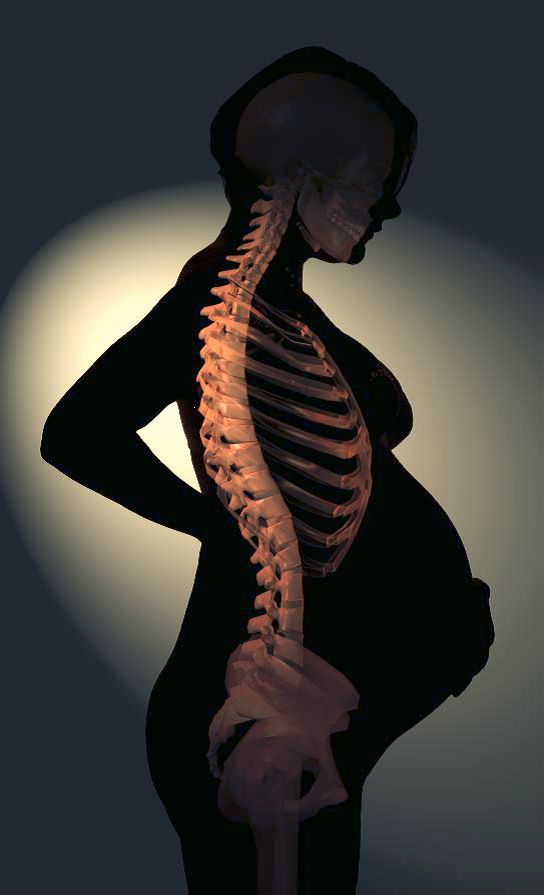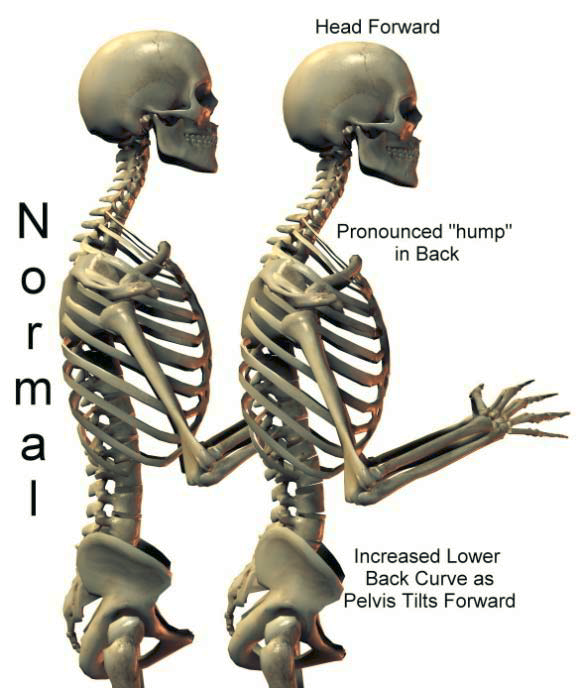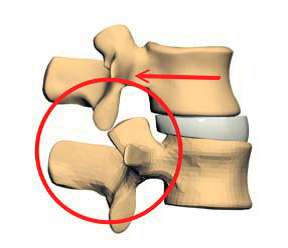October 2012
Oh Baby My Back Hurts
By: Joseph Ventura D.C.
 As if the prospect of morning sickness, constipation, rashes and changes in hormone and wardrobe weren’tdaunting enough, 80% of pregnant women will develop back pain and almost 100% will develop poor posture. The pain can last up to three months past the delivery date. Typically pain is experienced in the following areas: As if the prospect of morning sickness, constipation, rashes and changes in hormone and wardrobe weren’tdaunting enough, 80% of pregnant women will develop back pain and almost 100% will develop poor posture. The pain can last up to three months past the delivery date. Typically pain is experienced in the following areas:
• Hip Joints
• Low Back
• Mid-back
• Neck
• Shoulders
• TMJ or Jaw joint
Unfortunately, the poor posture can become permanent.
It’s easy to see why. First there are the hormone changes that help relax ligaments and joints throughout the body. Next is the extra weight. Here is a breakdown of weight gain for a woman of normal weight.
Baby |
7 to 8 pounds |
Larger breasts |
1 to 3 pounds |
Larger uterus |
2 pounds |
Placenta |
1 to 2 pounds |
Amniotic fluid |
2 pounds |
Increased blood volume |
3 to 4 pounds |
Increased fluid volume |
2 to 3 pounds |
Fat stores |
6 to 8 pounds |
Total |
24 to 32 pounds |
The Body’s Balance System
The human body has a magnificent system of adapting to keep us upright under many different conditions. This “Balance Control System” is comprised of two parts; Sensory (Where am I) and Motor (What am I going to do). But this adaptation comes at a price. As the extra 25 or so pounds are added to the woman’s general mid-line area, the initial reaction is for the Center of Gravity and Center of Mass to shift forward. However, the body’s Balance Control System kicks in and begins a slow but steady realignment of the pelvis, spine, head and shoulders to act as a counter-balance for the extra weight of pregnancy. Eventually the Center of Gravity shifts backward. This short term solution can have long lasting consequences.
 The spinal changes are very predictable. The spinal changes are very predictable.
1. Pelvis tilts forward
2. Mid back drifts backward
3. Head/Neck assume a position in front of the shoulders (known as Forward Head Posture)
How This Affects The Spine
The natural “S” shape curve of the spine is created from the attachment of muscles and ligaments. Any changes in the curves of the spine will cause some muscles to stretch and some muscles to shorten, both situations contributing to instability in the spine. This instability leads to chronic tension in certain muscle groups and increased strain on joints.
The study of Physiology tells us that a muscle kept in a stretched position will eventually elongate its fibers and become weak (Stretch Weakness). Conversely, a muscle held in an over-relaxed position will shorten its fibers and also become weak (Short Weakness). Because the postural changes are so predictable, it is clearly understood which muscle groups are involved and whether they have become stretched or shortened. Unfortunately after delivery and the loss of the extra weight normally gained during pregnancy, the mother’s posture does not “snap” back into place. The stretched and shortened muscles stay that way until there is an intervention.
The Shear Truth
 As if all this wasn’t enough, other forces come into play to create a low back that is less stable and more prone to create chronic pain and discomfort. Shear forces to be exact. In a person with normal posture, downward Gravitational and directional shear forces work with the body to “lock” joints into position under load, thereby providing strength and stability to the spine. In a pregnancy posture, the Gravitational forces remain essentially the same, but the shear forces change direction in such a way as to open the low back joints, providing less stability in the spine. The body’s exquisite feedback system senses this and the muscles in the low back become tighter in an effort to take up the slack. First the bad news: Poor posture is NOT self-correcting. Now the good news: Poor posture can be corrected in as little as four weeks! As if all this wasn’t enough, other forces come into play to create a low back that is less stable and more prone to create chronic pain and discomfort. Shear forces to be exact. In a person with normal posture, downward Gravitational and directional shear forces work with the body to “lock” joints into position under load, thereby providing strength and stability to the spine. In a pregnancy posture, the Gravitational forces remain essentially the same, but the shear forces change direction in such a way as to open the low back joints, providing less stability in the spine. The body’s exquisite feedback system senses this and the muscles in the low back become tighter in an effort to take up the slack. First the bad news: Poor posture is NOT self-correcting. Now the good news: Poor posture can be corrected in as little as four weeks!
Conclusion & A word from the National Posture Institute
Back pain and postural changes from pregnancy are both inevitable and manageable. If started early, a prescribed exercise and stretching program can help reverse muscle changes and improve posture during and after the pregnancy. Working with pregnant women requires more caution and patience, but it can benefit the mother, baby/babies, and even the whole family. Utilizing your knowledge as a Certified Posture Specialist™ to help your pregnant clients or yourselves develop and maintain better posture through and after pregnancy.
About the Author:
Dr. Joseph Ventura, one of the National Posture Institute's Board of Advisors, began his practice of sports injuries in 1978. He has
treated numerous high school, college and professional athletes, and was the
team physician for a local community college and high school. He was also one of
the treating physicians at the U.S. Open Tennis tournament in 1985.
|
